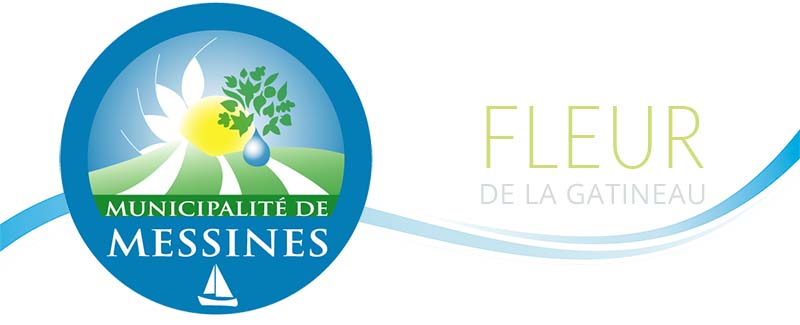
In the summer of 2005, the Gatineau Valley MRC opened a septic sludge treatment and reclamation plant. This new state-of-the-art infrastructure was built at a cost of $4.5 million by the Gatineau Valley MRC and the participating municipalities. The new plant built on the territory of the municipality of Kazabazua allows the participating municipalities to transport sludge from septic tanks collected on their respective territories to the Kazabazua site, to be stored and then dehydrated. Once the sludge is dehydrated, it is mixed with forest residues to produce compost. The wastewater is treated by a sophisticated process before being returned to the natural environment.
Septic system inspection program
The opening of the new Kazabazua site has allowed the municipality of Messines to restart its septic system inspection program on its territory. In fact, the municipality of Messines was among the pioneers on the territory of the MRC de la Vallée-de- la- Gatineau in this matter. The local council had been a pioneer in this field since it had introduced an inspection program by emptying septic installations on its territory since 1997, which had to be temporarily stopped, following the reduction of the volumes allowed to be sent to the Bouchette lagoon site by the MDDEP.
The program currently in effect on the territory has allowed the municipality to make an important green shift. Indeed, it has allowed the municipality to comply with the provisions of the provincial regulation on the disposal and treatment of wastewater from isolated dwellings (Q-2. r.22), under section 13 "any septic tank used seasonally must be emptied at least once every four (4) years and for tanks used year-round, they must be emptied at least once every two (2) years.
The objective of the septic tank sludge emptying inspection program is essentially twofold. First, the program ensures compliance with the provincial regulations as mentioned above. Secondly, during the emptying process, it allows for a visual inspection of the system. The inspection allows to visualize if the system seems to be still performing or not, as well as the general condition of the pit. An inspection done by a competent person can sometimes detect minor problems that need to be repaired in order to protect the system and give it a longer life, such as a damaged inlet or outlet baffle, a cracked pit cover... The emptying also allows to detect the absorption capacity of the leaching bed. The pump-out operator can see when a leaching bed is showing signs of aging. The information gathered during the inspection is essentially used to inform the owner of the problem and consequently allow him to plan and correct the situation. Beyond the application of the Q-2, r.8, the municipality acts as an advisor to the taxpayer, so that he does not find himself in the winter period with a septic installation that is no longer functioning.
A service tax is therefore applied to all properties that have a septic tank on the territory. This tax, which is entered on the annual tax bill under "boues septiques", allows citizens to pay the cost of emptying the tank at the applicable frequency, i.e. every 2 or 4 years.
The municipality offers to its ratepayers during the regular collection period, the emptying, collection and transportation of septic sludge and wastewater. It also offers a special service when not in collection. However, service fees apply for this service.
For more information, please contact the Municipal Office during the following hours:
Monday to Friday, from 8:30 a.m. to 12:00 p.m. and from 1:00 p.m. to 4:30 p.m.
Telephone: (819) 465-2323

